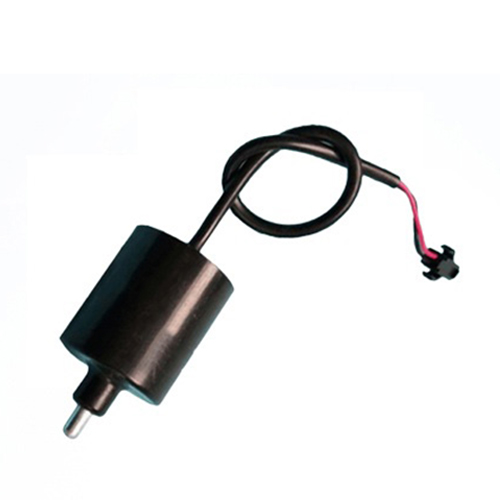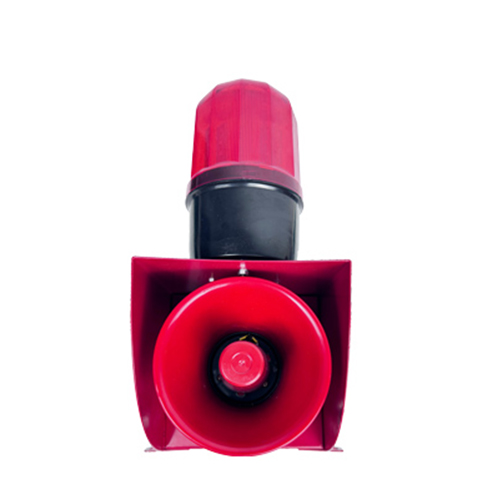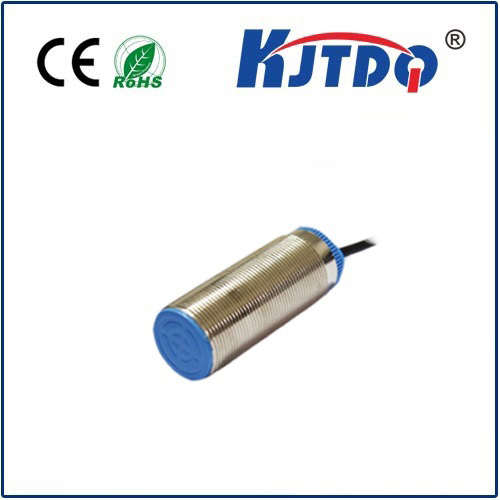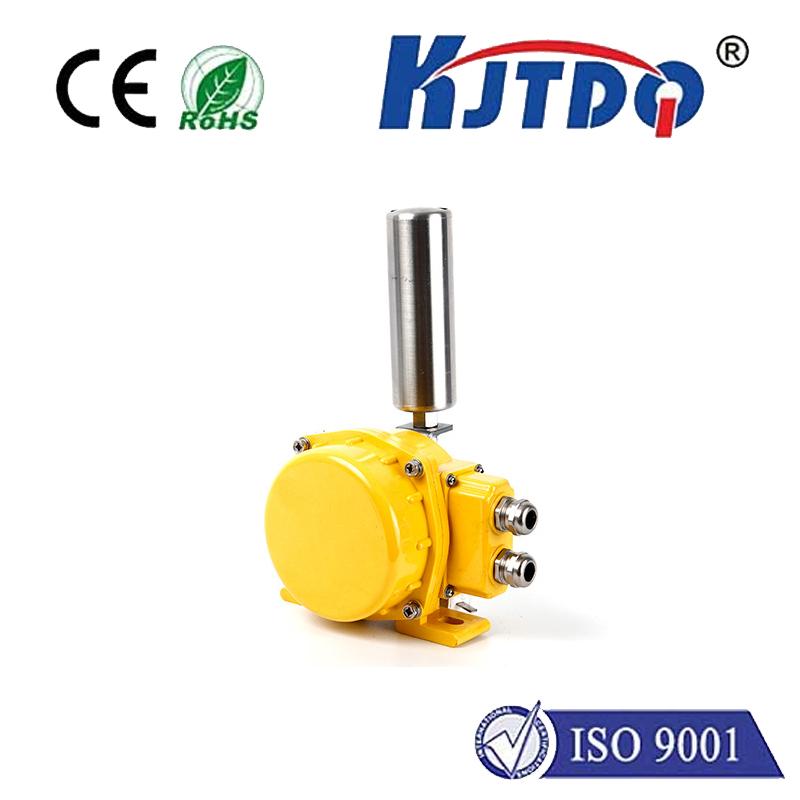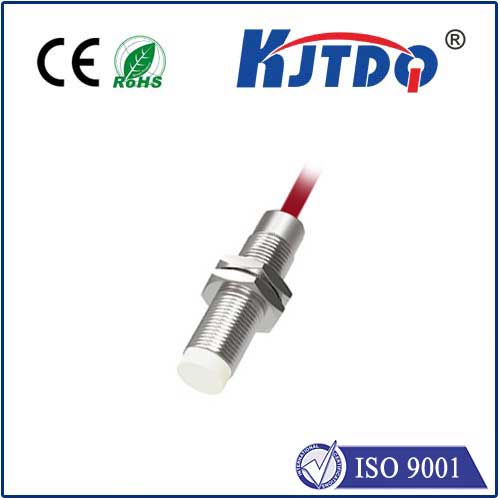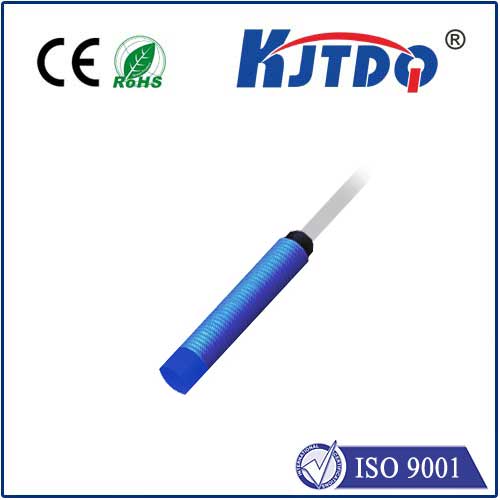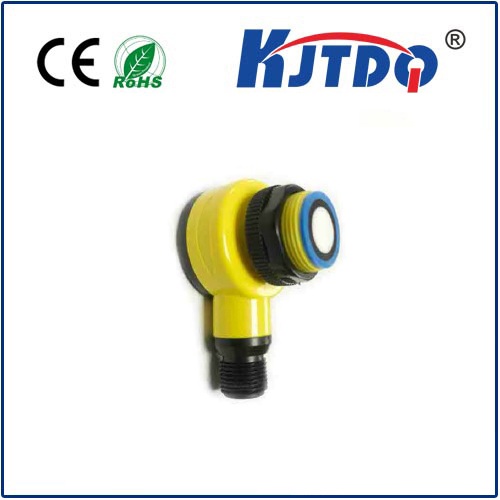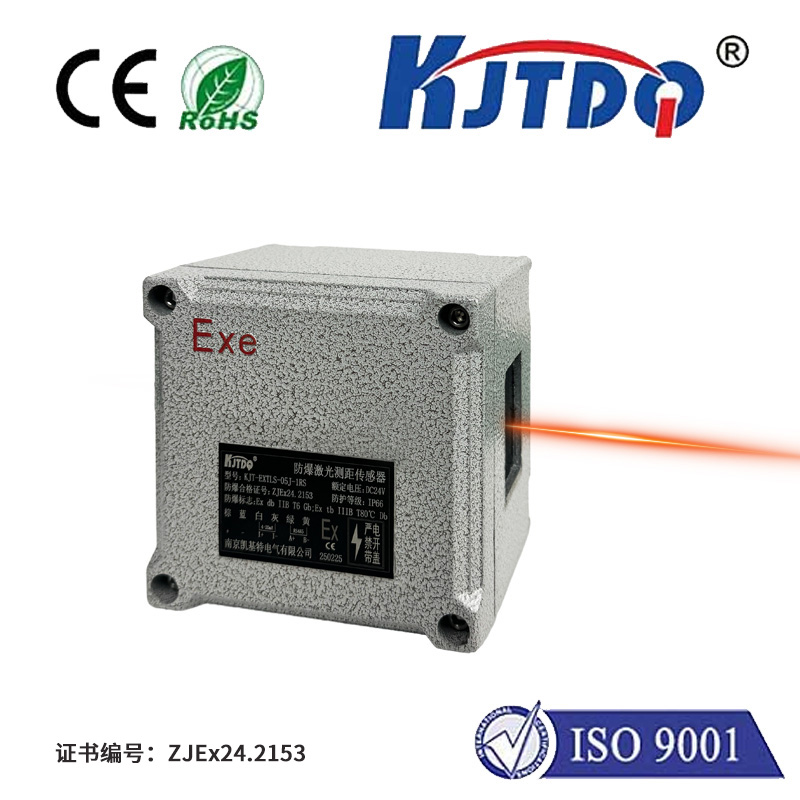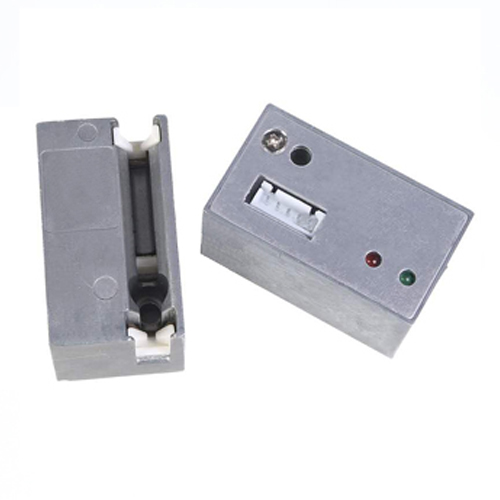

check

check

check

check

check

check

check

check

check

check
Title: Inducer Limit Switch: A Fundamental Component in Motion Control Systems
Introduction
In the world of motion control systems, the inducer limit switch plays a pivotal role in ensuring accurate and precise positioning of machines. As one of the most critical components in this system, it helps to monitor the position of the rotor and prevents excessive movement beyond set limits. This article aims to delve into the working principle, types, and importance of the inducer limit switch in motion control systems.
Part 1: Working Principle of Inducer Limit Switches
Inducer limit switches are designed to detect changes in the position of the rotor and convert them into electrical signals. They work on the principle of induction, where a rotating magnetic field induces an electric current in a coil. The current flowing through the coil generates a voltage that is proportional to the distance traveled by the rotor. The switch then compares this voltage with a reference voltage (set by the user) to determine if the rotor has exceeded its limit.
If the rotor has not reached its desired position, the switch will open, stopping the motor from continuing to rotate. If the rotor has already reached the set position, the switch will remain closed, allowing the motor to continue running smoothly. By continuously monitoring the position of the rotor and adjusting the speed accordingly, inducer limit switches help ensure precise positioning and smooth operation of motion control systems.
Part 2: Types of Inducer Limit Switches
There are various types of inducer limit switches available on the market, each with its unique features and applications. Some common types include:
1. Contactor-type: These switches use a mechanical contact between two metal surfaces to sense rotation and generate an electric signal. They are simple and reliable but can be prone to wear and damage over time.
2. Photoelectric type: These switches use light to detect changes in the position of the rotor and generate an electrical signal. They are highly accurate and have a long lifespan but can be sensitive to ambient light conditions.
3. Hybrid type: These switches combine elements of both contactor-type and photoelectric types, providing better accuracy and reliability than either alone. They are more expensive but offer improved performance for various applications.
Part 3: Importance of Inducer Limit Switches in Motion Control Systems
The inducer limit switch plays a crucial role in ensuring safe and efficient operation of motion control systems. Some of its key benefits include:
1. Precise positioning: By constantly monitoring the position of the rotor and adjusting motor speeds accordingly, inducer limit switches help ensure accurate positioning of machines within tight tolerances.
2. Safety protection: When the rotor reaches its designated position, the switch will automatically stop the motor, preventing excessive movement or damage to machinery. This feature adds an additional layer of safety during operation.
3. Energy savings: By reducing unnecessary movement and optimizing motor speeds, inducer limit switches can help save energy and reduce operating costs for motion control systems.
Conclusion
In conclusion, inducer limit switches are a vital component in motion control systems due to their ability to accurately monitor rotor position and prevent excessive movement beyond set limits. With various types available, selecting the right switch for your specific application is essential for achieving optimal performance while maintaining safety and efficiency.
